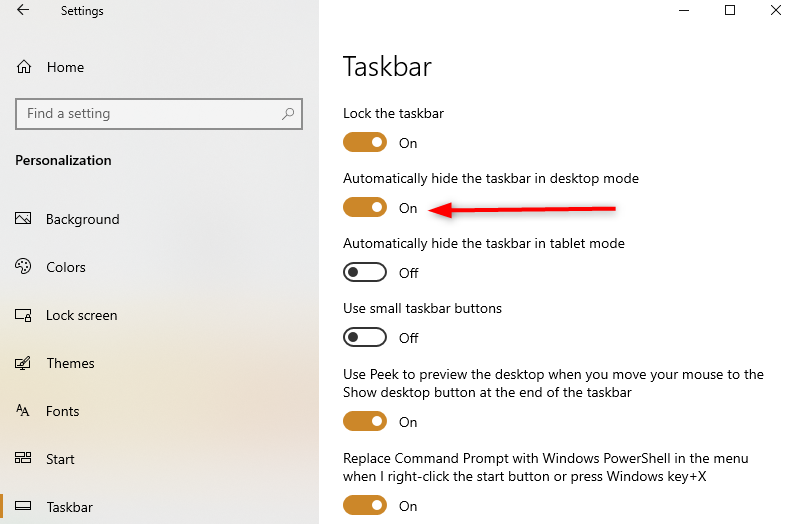


The first icon in the Shelf is the Launcher. To deactivate the autohide feature, right-click the bottom of the screen and uncheck Autohide Shelf. To autohide the Shelf, right-click at the bottom of the screen and then check Autohide Shelf. In this mode, the Shelf stays hidden until you move your cursor to the bottom of the screen. You also can autohide the Shelf so that it isn’t always taking up valuable screen real estate. To move the Shelf, right-click anywhere in the Shelf at the bottom of the screen (by tapping the touchpad with two fingers), click Shelf Position, and then select Left, Bottom, or Right. You can, however, move the Shelf to either side of the screen, where it appears vertically. Reinstalling the application should reset everything to default and restore any corrupt files.By default, the Shelf appears at the bottom of the screen. Your Google Chrome installation might have somehow become corrupt. Restore Address bar by Reinstalling Google Chrome Relaunch Chrome and see if the address bar is no longer missing. Step 3: Click the End task button (this should close Chrome) Step 2: In the Processes tab, locate Google Chrome under Apps and click it Step 1: Open the Task Manager with Ctrl + Alt + Del or right click the task bar and select Start Task Manager It’s possible that Chrome has locked up and will need to be stopped in the Task Manager. You can also move your mouse to the top of the window and click the X circle that appears. Just hit F11 on your keyboard to exit full screen. It’s extremely easy to accidentally press the button and end up with a “missing” address bar. Many browsers, including Google Chrome, allow you to full screen web pages. The Address bar Might be Hidden by Full Screen Mode If Google Chrome appears to be missing the address bar, try following the steps below to restore it.


 0 kommentar(er)
0 kommentar(er)
